Review
Expectations and reality can differ quite wildly when it comes to the efficiency of a plug-in hybrid powertrain. The official test assumes that you’re predominantly driving with a fully charged battery and only using the engine for short periods of time.
But, naturally, in real-world conditions, unless you drive an extremely rigid commute and charge every night, the official figures are going to be insurmountable.
You can only find out the real capability of a car by driving it, extensively, on the road. And that’s exactly what we’ve done with our V90 T8.
Volvo is no stranger to plug-in hybrid technology. It has been a core powertrain across the brand’s line-up for years. The T6 and T8 powertrains are the most popular, combining a powerful 2.0-litre petrol engine with an electric motor to balance performance with efficiency.
For the V90, Volvo claims 256 – 313mpg as the official fuel economy figure and an electric range of 52 miles. Along with the 20 – 25g/km CO2 emissions, our T8 secures a 9% benefit-in-kind tax rate.
So, what have we achieved?
Well, the official mpg figure is certainly out of reach but I haven’t been disappointed with the V90’s efficiency. Over 5,000 miles it had been consistently returning 42mpg. While not mind-blowing, let’s not forget this is a 455PS all-wheel-drive executive estate.
Steady motorway runs have seen 51mpg returned, when setting off with a full charge, too. With a discharged battery, the V90 can still manage mpg in the high-30s. It’s a step-change from what we’ve seen in previous-generation models. The old S90 T8 we had would muster just 28mpg if it wasn’t charged.
While the basics of the powertrain haven’t really changed, a larger battery, more powerful motor and better management of the two has delivered a definite improvement in overall economy.
In fact, glancing at the trip computer of another V90 T8 on a dealer’s forecourt – while ours was getting a replacement widescreen – saw a much more impressive 52mpg over a similar amount of miles as ours.
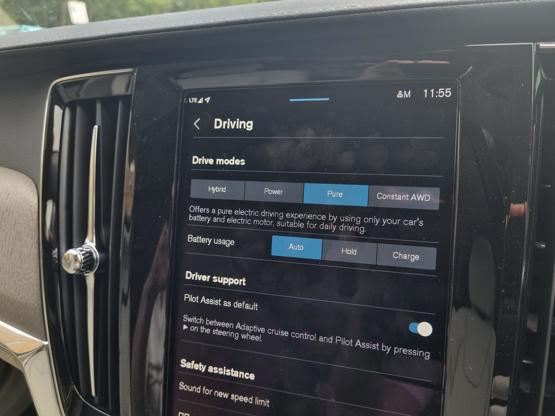
The car has different operating modes for the hybrid system, with ‘Auto’ as the default. Here it uses information from the sat-nav to decide how best to deploy electric or petrol power. You don’t have to put a route in, either. Join a motorway or A-road and the system will detect it and switch on the engine to conserve battery power.
You can also choose ‘Hold’, which retains charge for later use, and ‘Charge’ if you want to top-up the battery while driving.
Once the charge depletes, the hybrid system continues to operate. We set off with just 5 miles of electric range but managed almost 20 in stop-start traffic before the engine had to kick in.
A fully charged battery promises around 42 miles in the summer and 38 in the winter. We’ve found that to be fairly accurate in day-to-day driving but had to put it to the test to be sure.
To find out I waited until the battery was fully charged and then switched the drive mode from ‘Hybrid’ to ‘Pure’, which forces the car to stay in EV mode. A range of 43 miles was promised on a warm day. The climate control was left in the auto setting and I set off on test loop that takes in a variety of different road types, including a section of dual carriageway. Sticking to speed limits, but avoiding full-throttle acceleration, I managed 44 miles before the range readout hit zero. The car then continued for one more mile before the engine fired up. So, 45 miles is possible in normal driving conditions.
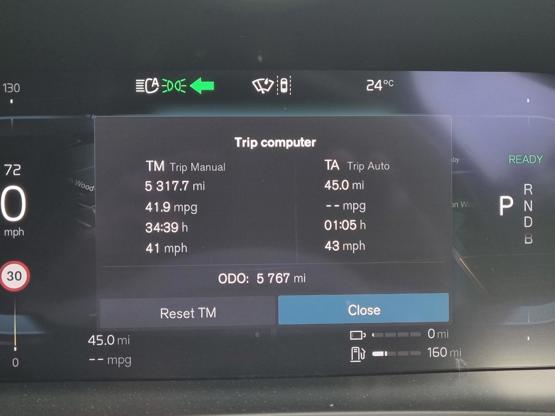
Prioritising safety
Of course we’re going to talk about safety as part of this V90 review - it is at Volvo’s core. The brand invented the three-point seatbelt, it has an in-house safety research laboratory and it has studied data from more than 50,000 crashes since 1970.
In a modern Volvo these innovations are largely taken for granted. Aside from the ‘since 1959’ engraving on the seatbelt buckles, there’s not much inside our V90 that makes you think it’s the result of decades of research and innovation.
But Volvo crashes a car, on average, every day. It puts each new model through every conceivable type of collision to make sure those inside are protected from serious injury.
Along with airbags, structural engineering and the anti-whiplash headrests, the V90 also comes with plenty of technology to mitigate the chances of a crash.
There’s autonomous emergency braking, which not only works going forwards but also backwards. It will warn you if you’re going to cross the path of an oncoming car, it will gently nudge the car back into its lane if you cross the white lines and there’s even a system that detects if the car has left the road and automatically attempts to stop it.
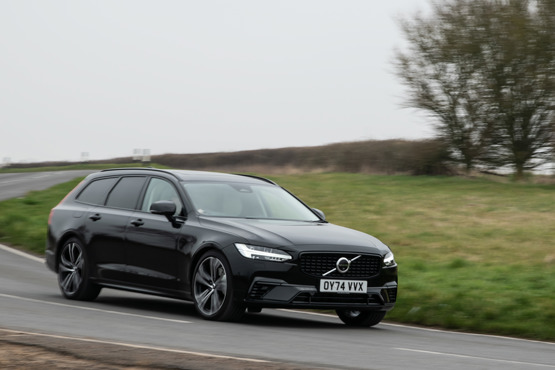
In day-to-day driving these systems largely sit dormant. The lane keep assist is not the most intrusive on the market and I’ve been quite happy leaving it activated on most journeys.
On a few occasions the rear collision detection has activated while reversing up to my garage door. It doesn’t like it if you get too close, but I need to in order to make the charging cable reach the port on the front left wing. You can disable the system via a button on the touchscreen that appears when the reversing camera is active.
Oh, and there’s not just a camera on the back. The V90 has 360-degree cameras that give an overhead view. You can even switch to see the sides of the car and the proximity of your wheels to a kerb.
Some of the systems don’t just benefit safety, though. Volvo’s Pilot Assist is a really useful feature for long-distance driving. It combines adaptive cruise control with a lane centring system – effectively taking over the pedals and steering for you. It’s really easy to activate using a switch on the steering wheel, too. I’ve done many miles using the system, so far, and it’s been great. It even works in stop start traffic, although you do have to keep a hand on the wheel at all times otherwise you get a telling off after about 20 seconds.
Like all new cars, the V90 is fitted with speed limit assist and gives an audible warning if you exceed the detected speed limit. On occasion the system has misread a sign and told me I’m in a 5mph zone, when I wasn’t. Of all the cars we test, it’s one of the easiest systems to disable. You just hold down the left arrow button on the steering wheel for two seconds. The car even tells you, via a popup message on the instrument cluster, how to do it.
Aside from all the technology and engineering that went into making the V90, its plug-in hybrid powertrain rounds-off the package. With all-wheel-drive it provides excellent stability and the immense power output means you can get yourself out of a tricky situation with ease. Overtaking is also a breeze. Of course, this being Volvo, if you venture onto a German Autobahn the top speed is electronically limited to 112mph – another Volvo safety measure.
Is it the best estate?
No brand has quite the same attachment to estate cars as Volvo. For more than 70 years the company has churned out boxy wagons with global appeal.
It all started with the PV444, in 1953, although this was based on a commercial vehicle chassis. The V90’s bloodline starts with the 1962 Amazon Estate, a car-based model designed to appeal to families.
Since then, Volvo estates have retained the same squared-off proportions making them ideal for load-lugging.
But, Volvo isn’t the only premium car maker with estates in its line-up these days and the V90 has two keen rivals: the BMW 530e Touring and the Mercedes E300e Estate.
The V90 starts on the back foot. That’s because both its competitors are much newer. The V90 might’ve only recently gone back on sale, but it’s pretty much the same car that launched in 2017.
A key difference is in battery capacity. While Volvo has expanded the V90 battery in recent years, at 14.9kWh (useable) it’s still the smallest of the three. The BMW manages 19.7kWh, while Mercedes almost matches it at 19.5kWh.
The Mercedes has the longest claimed range, at 67 miles, while the BMW promises 57. Our V90 has an official range of 52 miles.
That hurts the official fuel consumption figure and, therefore, the fuel cost element of the car’s overall running cost.
Of course, in practice, the economy achieved is largely dictated by journey profile, frequency of charging at driving style. In the real world, the V90 is averaging 42mpg.
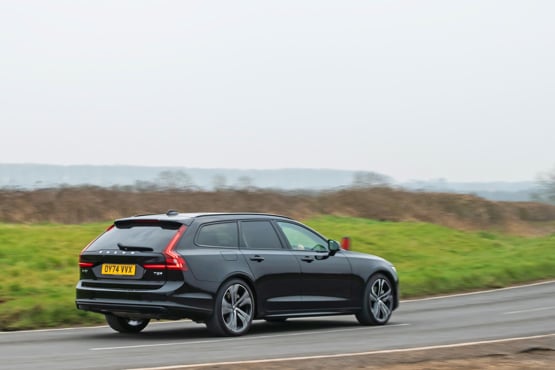
With a similar specification the BMW and Volvo cost around the same at £69,550 for the 530e M Sport with Tech and Comfort packs. The Volvo is £70,725 in Ultra guise, while the Mercedes costs the most at £78,805 for the E300e Premium Plus.
Fleet News Running Cost data from Cap HPI shows the V90 sits mid-table when it comes to running costs, with a 72p per mile estimation over four years and 80,000 miles. The BMW is the most cost-effective model, costing 68p per mile. That is largely driven by it having the strongest residual value. The Mercedes has an estimated running cost of 77p per mile with the strongest depreciation and the largest SMR costs. Fuel costs for the Mercedes are the lowest, however.
When it comes to carrying capacity, the BMW also tops the chart. It has a maximum load volume of 1,700 litres. That’s 50 litres more than the Mercedes and 183 litres more than the Volvo.
The V90 claws back some serious points when it comes to powertrain, however. While the BMW makes do with 299PS and the Mercedes 313PS, the Volvo’s 455PS output puts it in a different league. The V90 is also the only model to have all-wheel-drive, a useful addition in winter months. As such, the Volvo can accelerate from 0-62mph almost two seconds quicker than the BMW. Even the lower-powered V90 T6 has a performance advantage over the BMW and Mercedes and that car is available at a much more compelling price point.
Both the BMW and the Mercedes are highly technical and impressive cars. The E300e seems unnecessarily expensive, but the 530e is a valid rival – especially when it comes to outright space. It’s just a lot slower than the Volvo.
Volvo V90 T8 Ultra joins our fleet
Volvo hasn’t shied away from making some pretty bold commitments in order to innovate. After moving away from diesel engines before the rest of the market, it was one of the first car makers to outline plans to become a fully electric brand.
More recently, in 2023, Volvo UK made the slightly more obscure announcement that it would become an SUV-only brand. That meant the S- and V60, along with the S- and V90 saloons and estate were removed from its line-up.
Automotive trends have a habit of changing pretty quickly, however, and - credit to Volvo - it recognised that 2030 might be a little early to completely kill off cars with internal combustion engines. As such, the XC60 and XC90 have received a new lease of life, via a facelift, and will continue as plug-in hybrids until 2035.
Equally, demand for estate cars has proven stronger than Volvo first thought. Especially in the fleet sector. The V60 and V90 were therefore re-instated in late 2024.
A certain Fleet News staff writer was at the front of the queue to ask for one of the revived models, having been disheartened at the brand’s earlier decision to pull them from sale.

So, I’m very pleased to introduce OY74 VVX – one of the very first ‘new’ V90s to land in the UK.
The V90 never completely went away, of course. Production remained for other markets and the UK police were also still able to get hold of them. So, the re-instated model isn’t any different to the one that came before.
A streamlined model range is available. Essentially you can have the V90 Plus, which comes with a ‘T6’ powertrain, or the V90 Ultra. The latter, which is what we chose, is paired with a more powerful T8 powertrain.
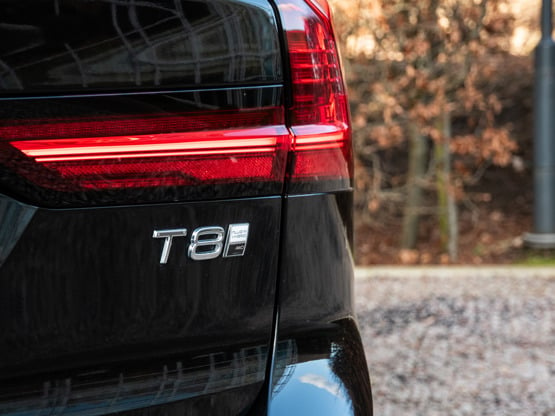
Both engines are technically the same. The T6 has 350PS, while the T8 produces 455PS. Only software separates the two. They both have a 2.0-litre petrol engine that is both turbocharged and supercharged, powering the front wheels through and eight-speed automatic gearbox. The rear axle is powered by an electric motor
An 18.8kWh battery, nestled in the centre of the car, provides a zero-emission range of up to 55 miles – enough to secure a 9% benefit-in-kind tax rate (2025/26).
The V90 line-up starts at £62,280, while our Ultra model commands £70,780.
The standard specification list is extensive and all models get heated front and rear seats, a 360-degree camera system, keyless entry, a power operated tailgate and Volvo’s Pilot Assist package.
Stepping up to Ultra gains adaptive headlights, adaptive suspension, a head-up display, a panoramic sunroof and a Bowers & Wilkins sound system.
Optional equipment is limited to nappa leather, instead of standard leather, which also brings ventilated front seats. We ticked that box, opting for the ‘blonde’ colour scheme. That was an extra £1,500, along with the Onyx Black paint at £785.
How can I describe the V90 after a few weeks behind the wheel? Splendid. It’s absolutely splendid.
Matt has been an automotive journalist for nine years and has driven just about every new car and van that's on sale. As content editor - vehicles he is responsible for the automotive content on Fleet News and also contributes to Automotive Management. Prior to this, Matt worked in the automotive industry for 10 years.


Specs
| Manufacturer | Volvo |
| Model | V90 Estate |
| Specification | Volvo V90 Estate 2.0 T8 [455] PHEV Ultra Dark 5dr AWD Auto |
| Model Year | 2026.00 |
| Annual VED (Road tax) | £110 |
| BIK List Price | £70,745 |
| Range | 52.20mile(s) |
| CO2 | 20g/km |
| BIK Percentage | 9% |
| Insurance Group | N/A |
| CC | 1,969 |
| Fuel Type | Petrol Parallel PHEV |
| Vehicle Type | Large car |
| Luggage capacity (Seats up) | 488litres |
| Doors | 5 |
Running Costs
| P11D | £70,745 |
| Cost per mile | 83.69ppm |
| Residual value | £24,000 |
| Insurance group | N/A |
| Fuel Type | Petrol Parallel PHEV |
| Cost per mile | 345.70ppm |
| Fuel | 2.01ppm |
| Depreciation | 339.00ppm |
| Service maintenance and repair | 4.69ppm |
Rivals
Info at a glance
-
P11D Price
£70,745
-
MPG
313.4 (WLTP) -
CO2 Emissions
20g/km -
BIK %
9% -
Running cost
3 Year 60k : £24,000 4 Year 80k : £19,475 -
Fuel Type
Petrol Parallel PHEV -
Range
52.20mile(s)

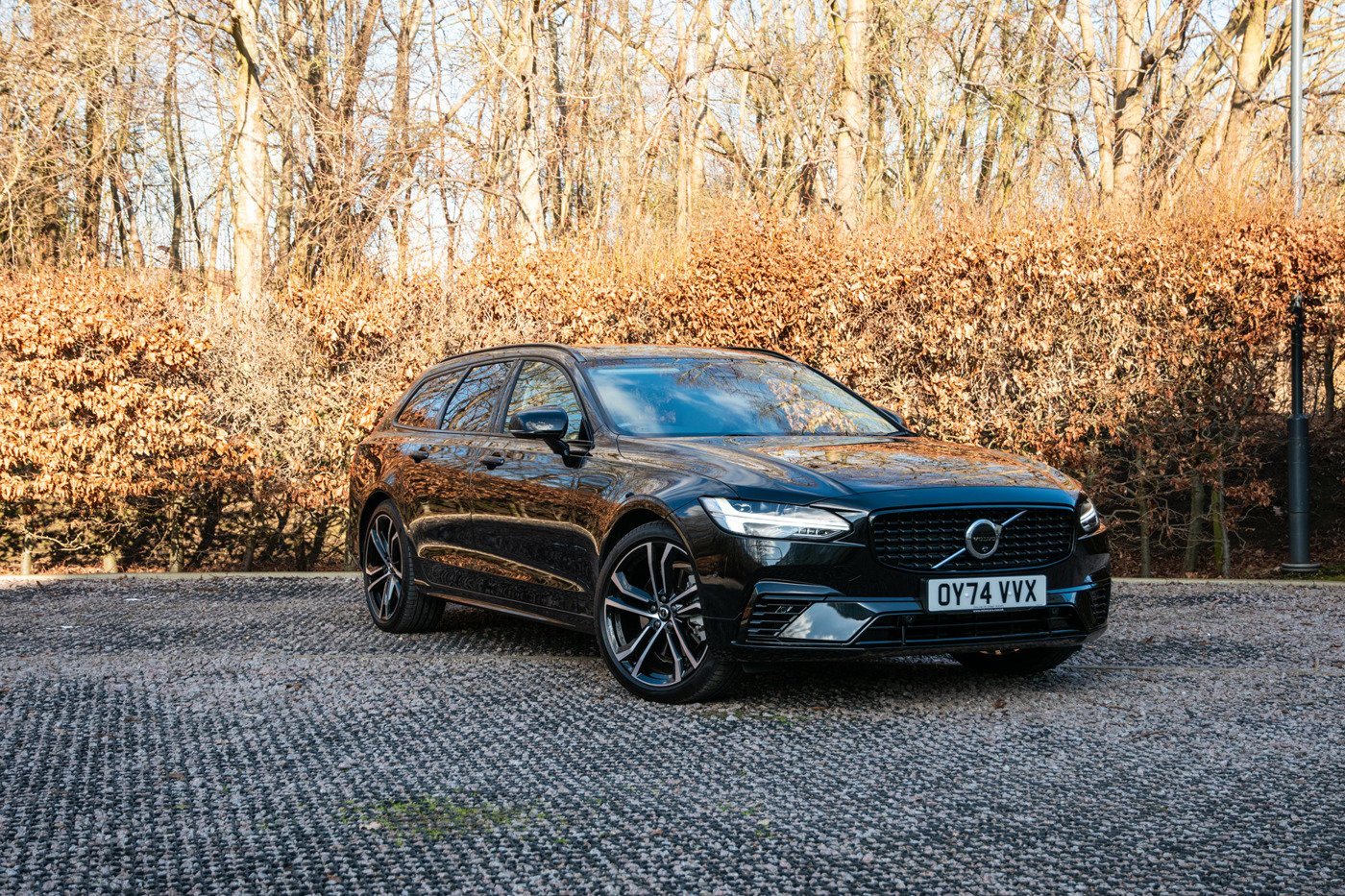


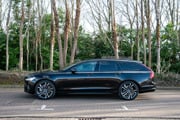
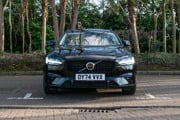
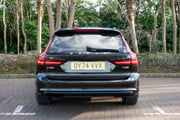

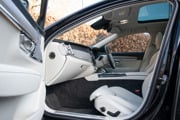
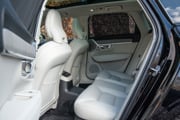
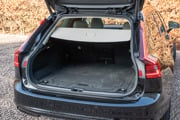
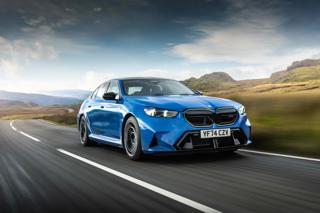
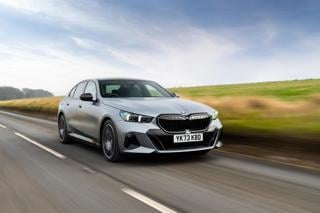
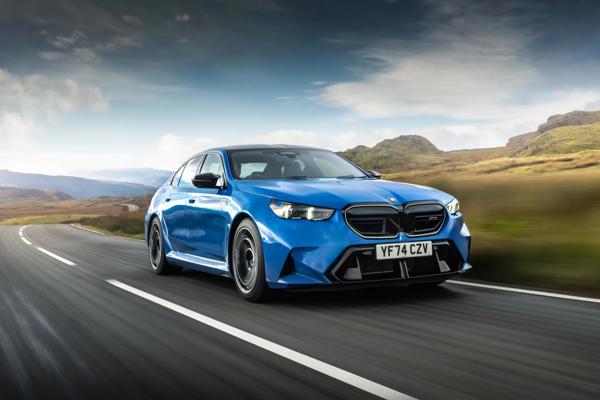
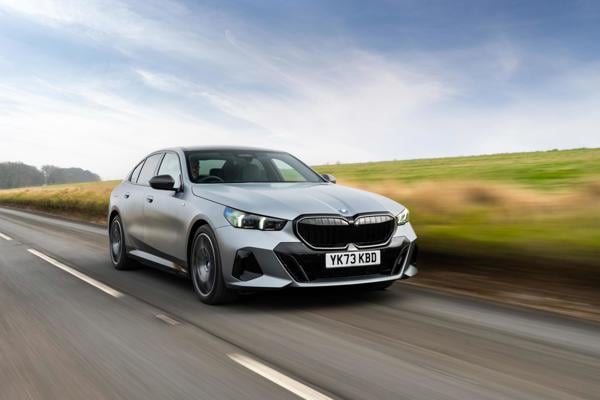

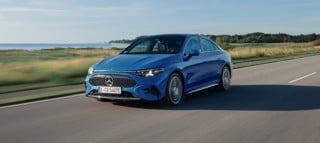
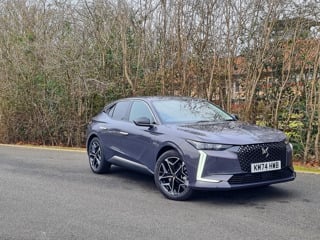
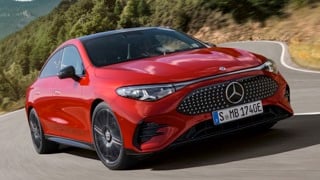
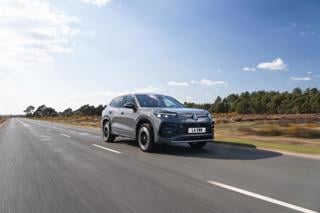


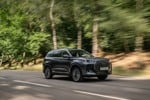









Login to comment
Comments
No comments have been made yet.